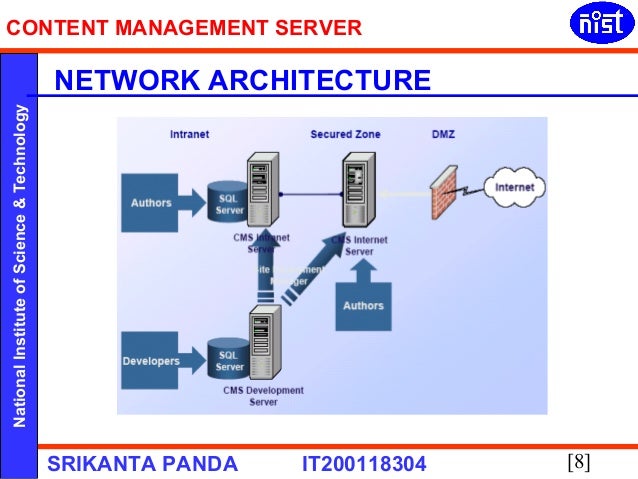-->
- 9 Best Home Server Apps To Automate Media Management
- #1 Guide To Setup SCCM Cloud Management Gateway (SCCM CMG ...
- Content Services | OpenText Content Suite
Applies to: Configuration Manager (current branch)
Seafile – Open Source File Sync and Share Software. The Seafile is another enterprise-class DIY cloud storage tool for creating your self-hosted open-source cloud storage solution. It is a file sync and share platform which is a community and free edition aside their enterprise file synchronization and sharing (EFSS) software services. Mar 22, 2021 Setup SCCM Cloud Management Gateway (SCCM CMG) On the Settings page, click Browse and select the CMG certificate. The Service name and deployment name are populated automatically. At this step you can use an existing resource group or create new resource group. I will go with just 1 VM instance.
The cloud management gateway (CMG) provides a simple way to manage Configuration Manager clients over the internet. You deploy CMG as a cloud service in Microsoft Azure. Then without more on-premises infrastructure, you can manage clients that roam on the internet or are in branch offices across the WAN. You also don't need to expose your on-premises infrastructure to the internet.
After establishing the prerequisites, creating the CMG consists of the following three steps in the Configuration Manager console:

- Deploy the CMG cloud service to Azure.
- Add the CMG connection point role.
- Configure the site and site roles for the service.
Once deployed and configured, clients seamlessly access on-premises site roles whether they're on the intranet or internet.
This article provides the foundational knowledge to learn about the CMG and the scenarios where you can use it.
Scenarios
There are several scenarios for which a CMG is beneficial. The following scenarios are some of the more common:
Manage traditional Windows clients with Active Directory domain-joined identity. These clients include Windows 8.1 and Windows 10. It uses PKI certificates to secure the communication channel. Management activities include:
- Software updates and endpoint protection
- Inventory and client status
- Compliance settings
- Software distribution to the device
- Windows 10 in-place upgrade task sequence
Manage traditional Windows 10 clients with modern identity, either hybrid or pure cloud domain-joined with Azure Active Directory (Azure AD). Clients use Azure AD to authenticate rather than PKI certificates. Using Azure AD is simpler to set up, configure and maintain than more complex PKI systems. Management activities are the same as the first scenario plus:
- Software distribution to the user
Install the Configuration Manager client on Windows 10 devices over the internet. Using Azure AD allows the device to authenticate to the CMG for client registration and assignment. You can install the client manually, or using another software distribution method, such as Microsoft Intune.
New device provisioning with co-management. When auto-enrolling existing clients, CMG isn't required for co-management. It's required for new devices involving Windows Autopilot, Azure AD, Microsoft Intune, and Configuration Manager. For more information, see Paths to co-management.
Specific use cases
Across these scenarios, the following specific device use cases may apply:
Roaming devices such as laptops
Remote/branch office devices that are less expensive and more efficient to manage over the internet than across a WAN or through a VPN.
Mergers and acquisitions, where it may be easiest to join devices to Azure AD and manage through a CMG.
Workgroup clients. These devices may require other configurations, such as certificates.
To help with management of remote workgroup clients, use Configuration Manager token-based authentication. For more information, see Token-based authentication for CMG.
9 Best Home Server Apps To Automate Media Management
Important
By default all clients receive policy for a CMG, and start using it when they become internet-based. Depending upon the scenario and use case that applies to your organization, you may need to scope usage of the CMG. For more information, see the Enable clients to use a cloud management gateway client setting.
Next steps
#1 Guide To Setup SCCM Cloud Management Gateway (SCCM CMG ...

Content Services | OpenText Content Suite
Develop your design and plan for implementing a CMG in your environment: